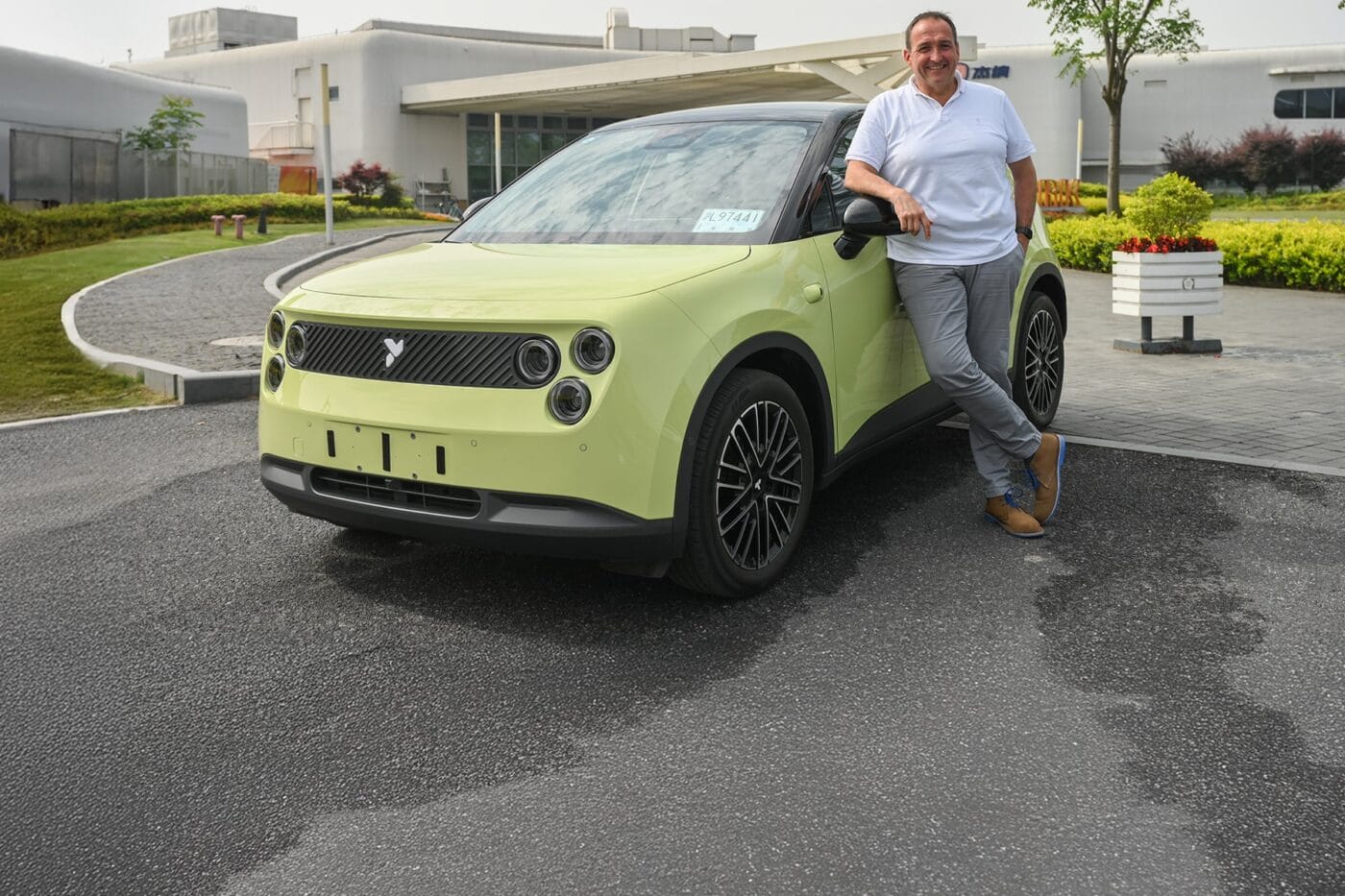
Coche pequeño, grandes ambiciones: Cómo se conduce el Firefly de Nio
"Hola Nomi, ¿dónde estás?" La llamada al copiloto digital queda sin respuesta en el último Nio. Un vistazo al salpicadero revela la ausencia del habitual acompañante animado con sus expresivos ojos. No es la única diferencia.
En primer lugar, este coche es tres tallas más pequeño que el ET5, que, con un precio ligeramente inferior a 60.000 euros, era el anterior punto de entrada a la gama de Nio. Eso por no hablar del nuevo buque insignia, el ET9, con un precio al nivel del Maybach. En segundo lugar, el logotipo de Nio, que representa un cielo estilizado sobre el pico de una montaña, brilla por su ausencia en el capó.
Estrictamente hablando, éste no es un Nio ni aspira a serlo. Aunque el director general de Nio, William Li, que ha sido descrito como el homólogo chino de Elon Musk, y su equipo del centro de desarrollo y diseño de Múnich están detrás de este vehículo de cuatro metros de largo y cuatro puertas, se vende bajo la marca Firefly, estableciendo una submarca de forma muy parecida a lo que hizo Citroën con DS o Seat con Cupra. El enfoque de BMW con Mini, integrándola como filial en lugar de escindirla como una nueva marca, sirve como otro paralelismo.
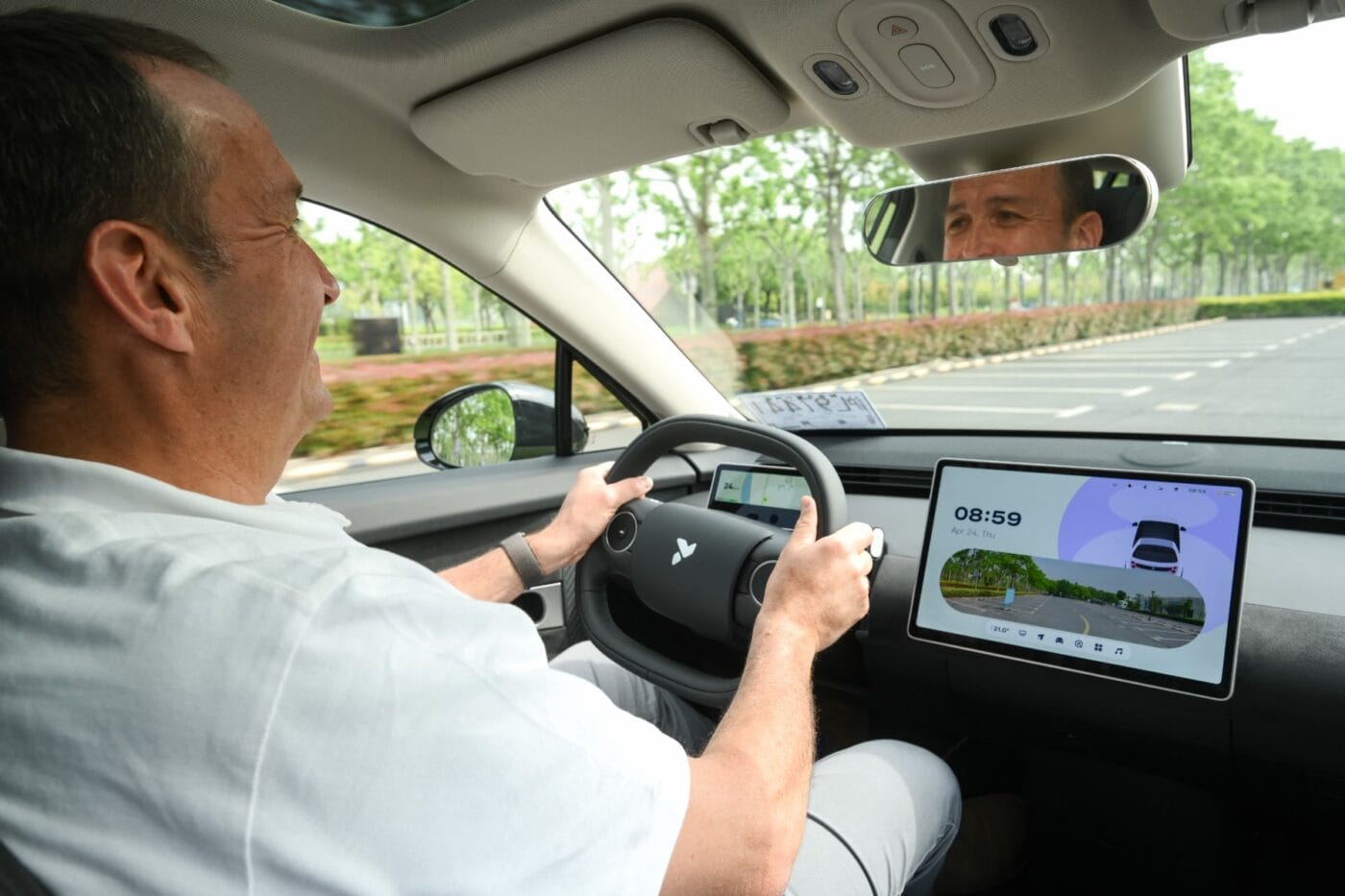
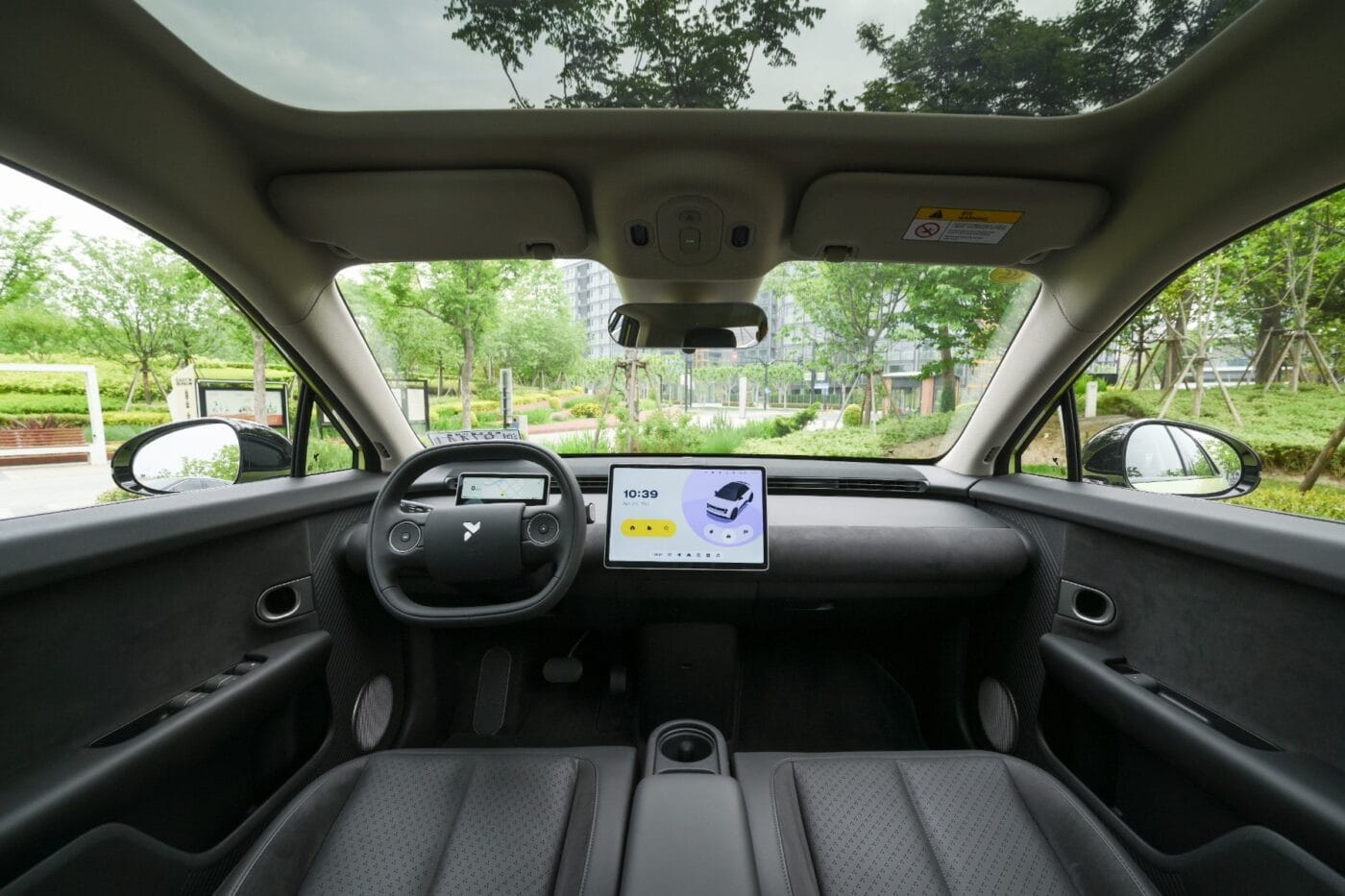
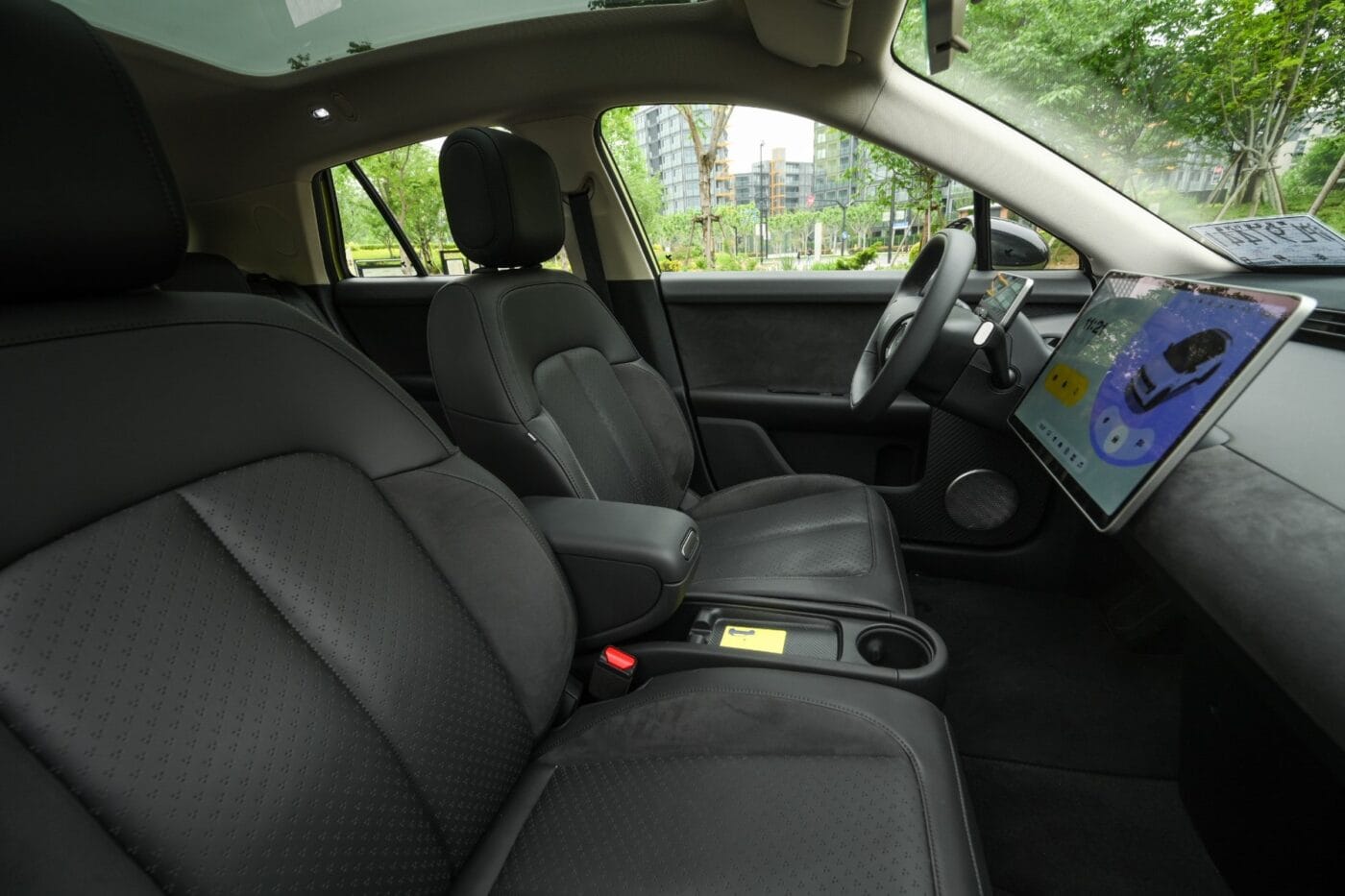
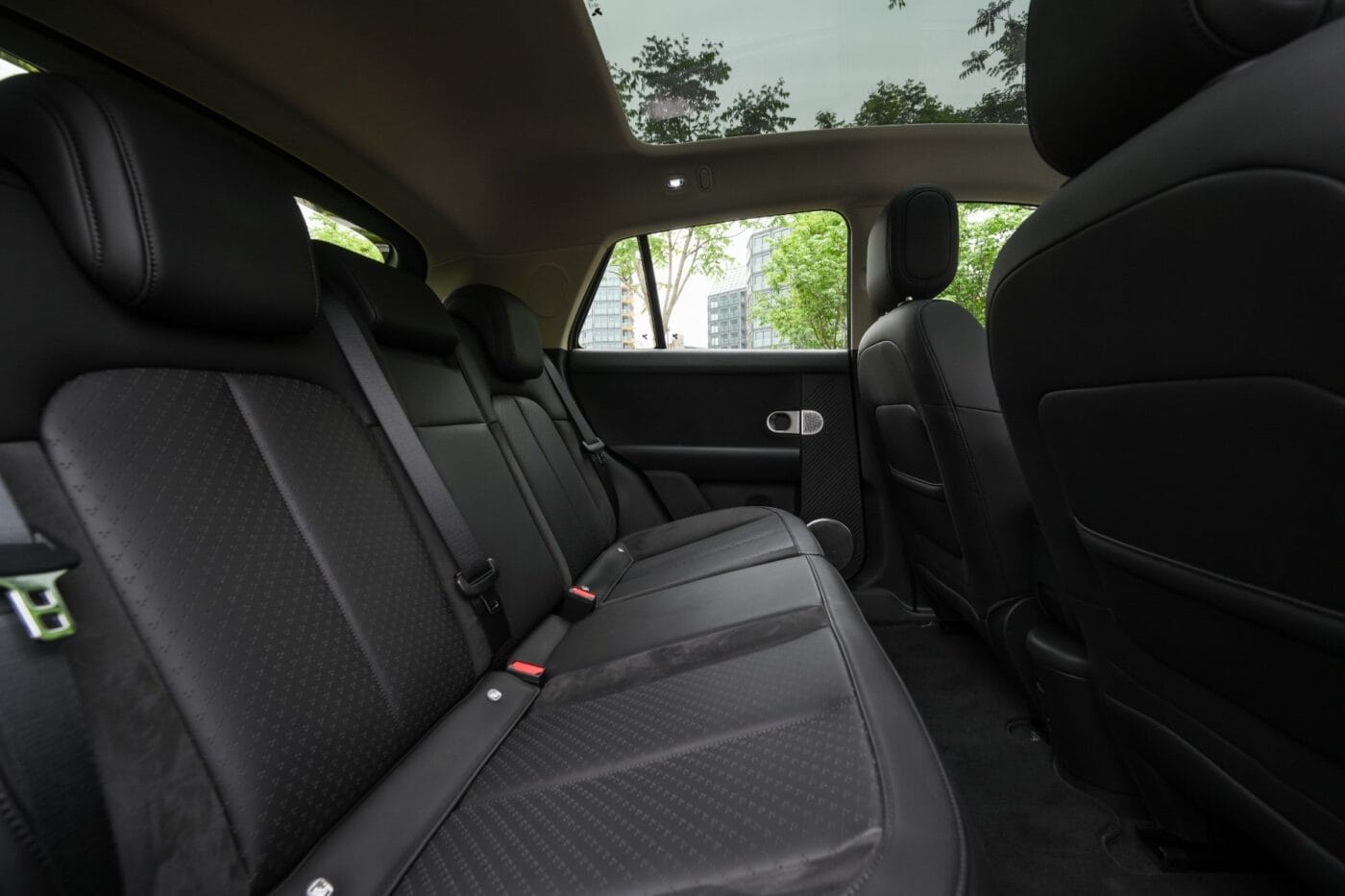
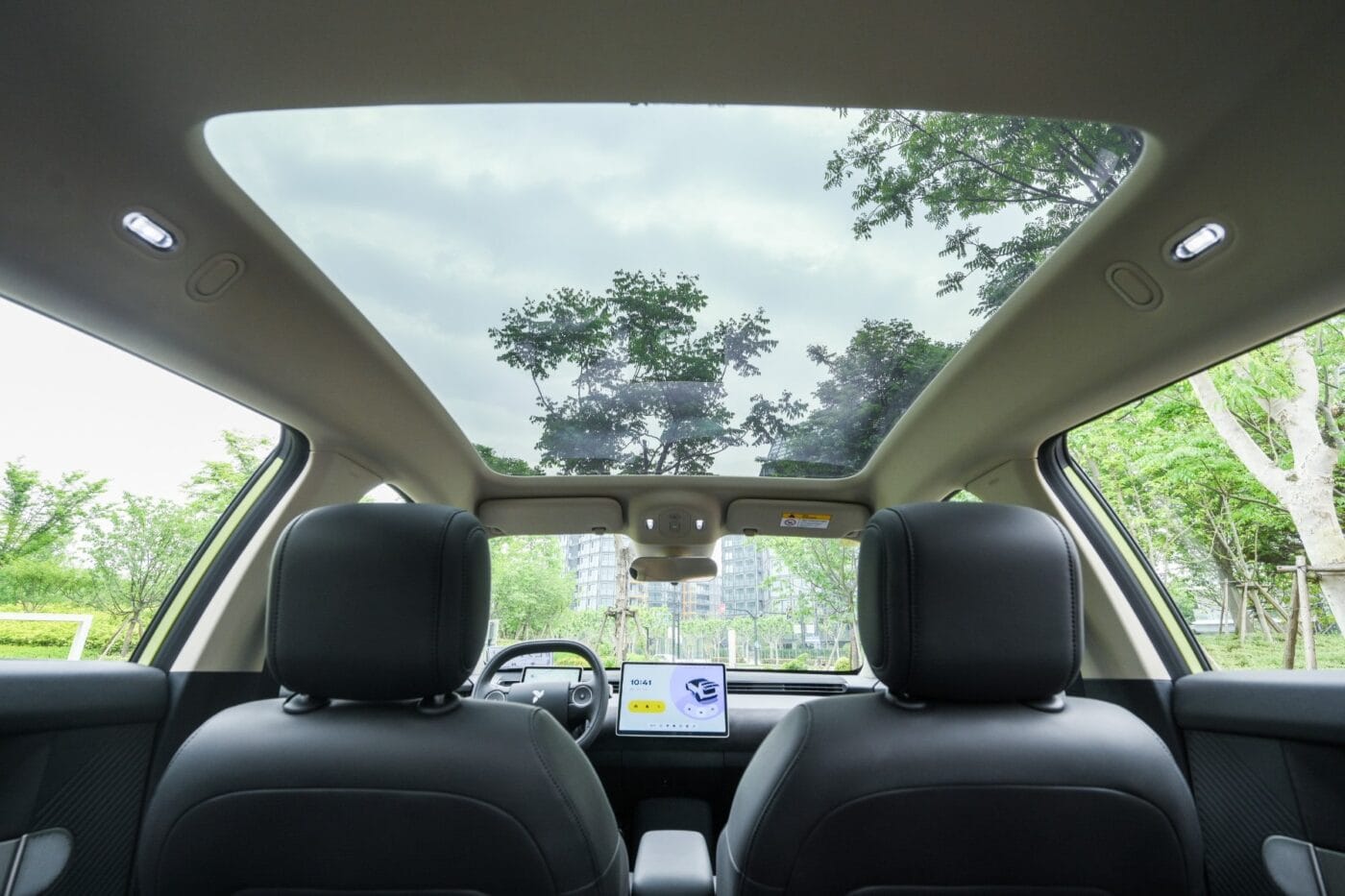
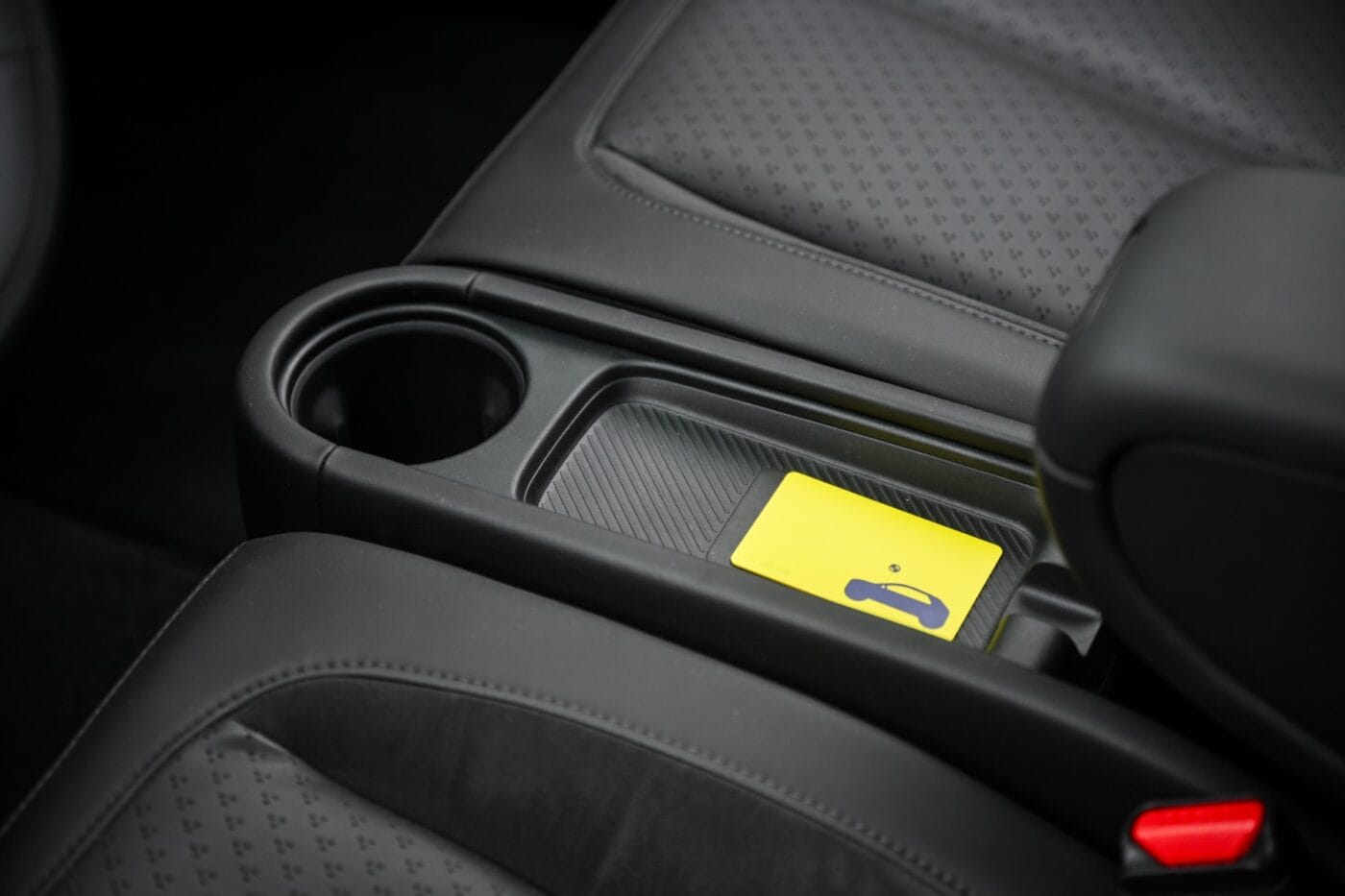
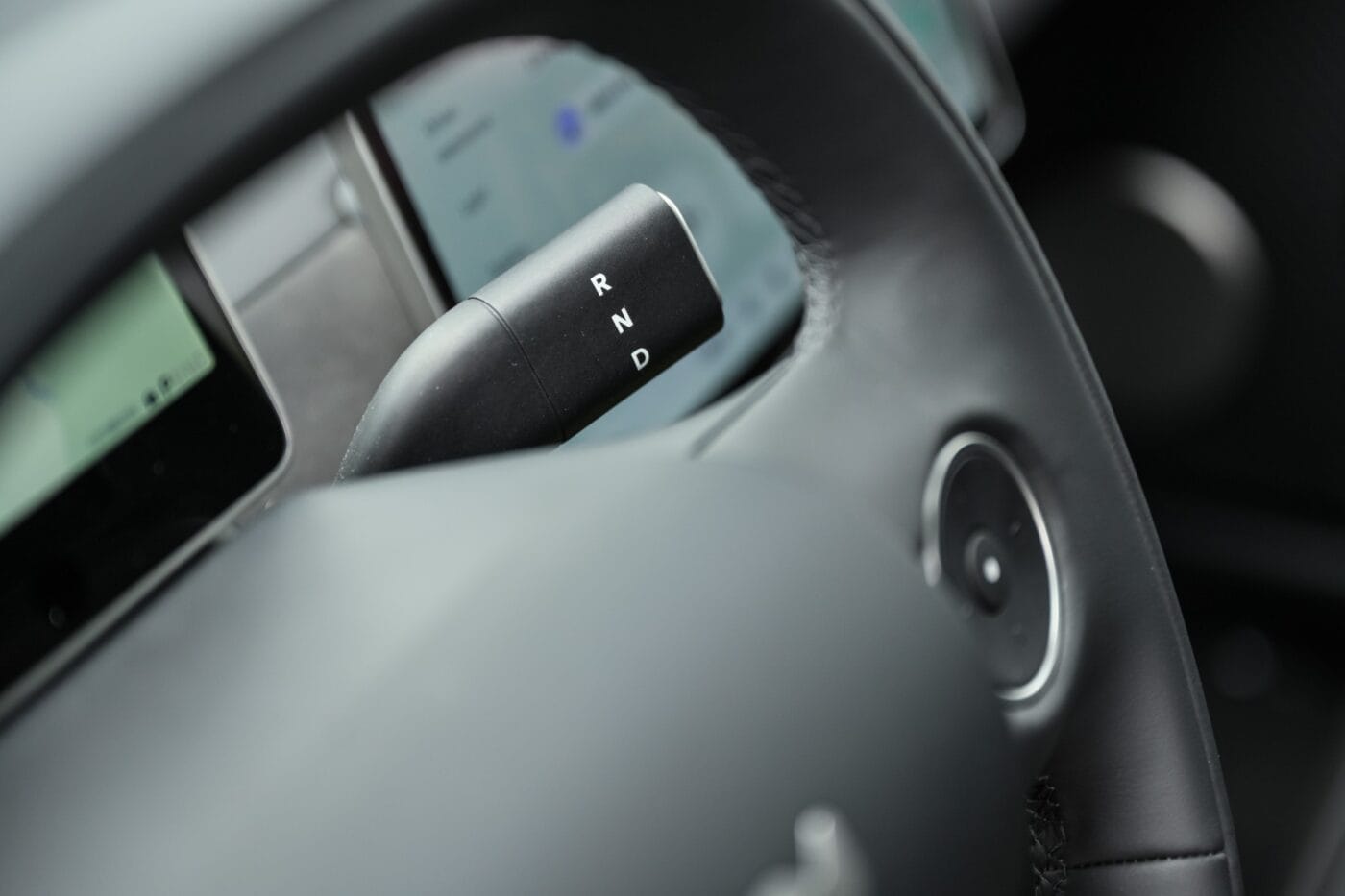
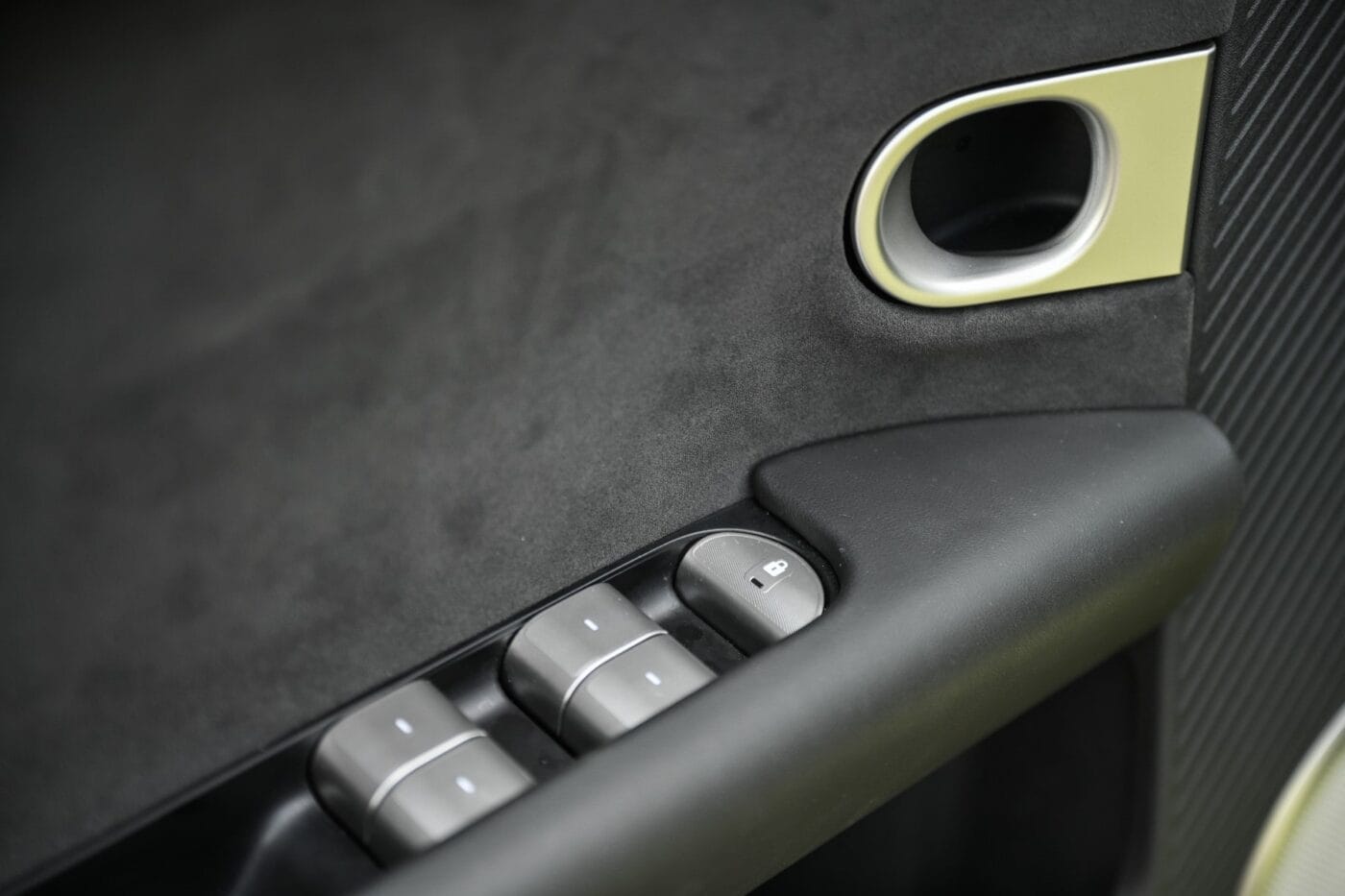
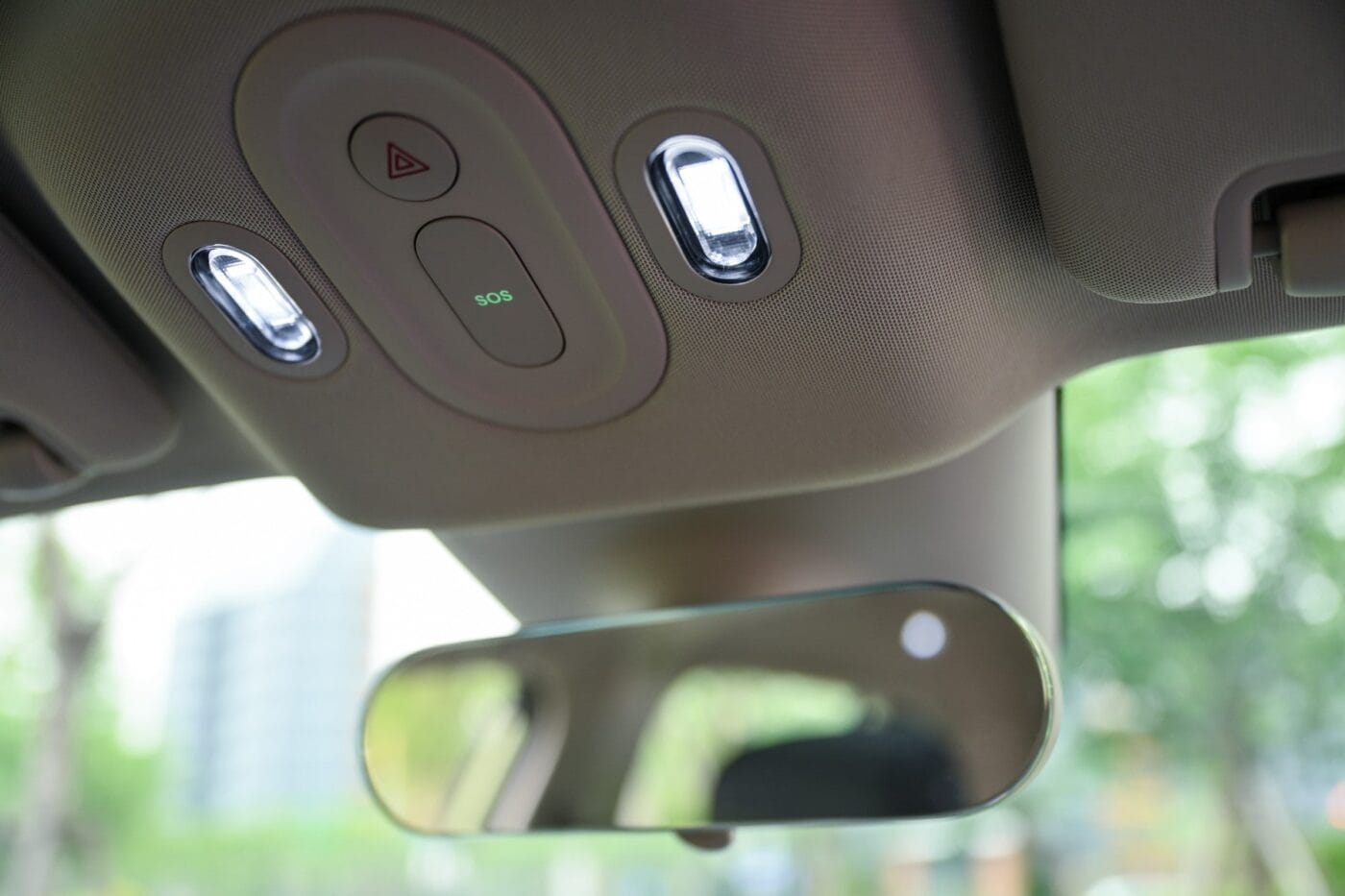
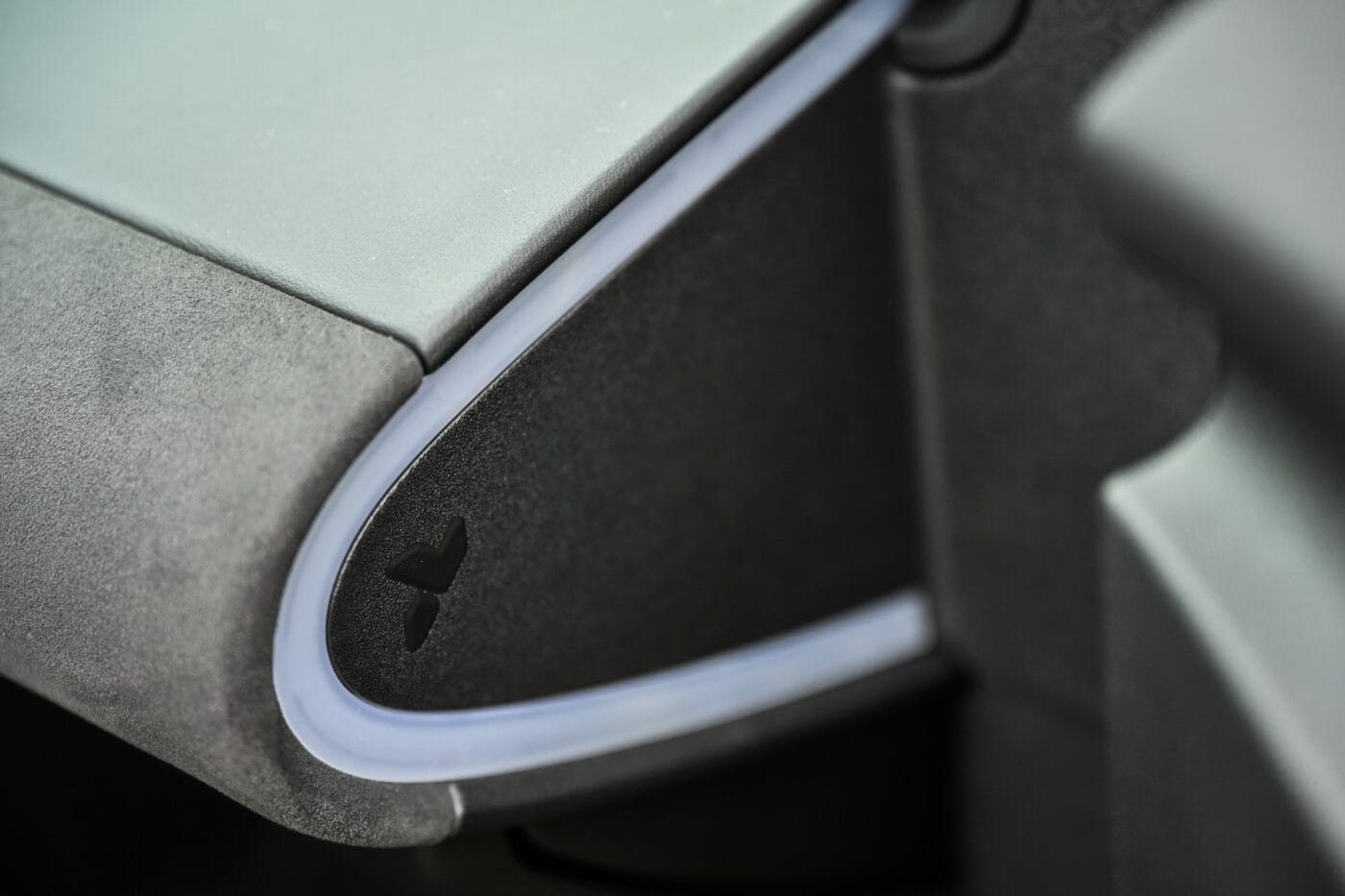

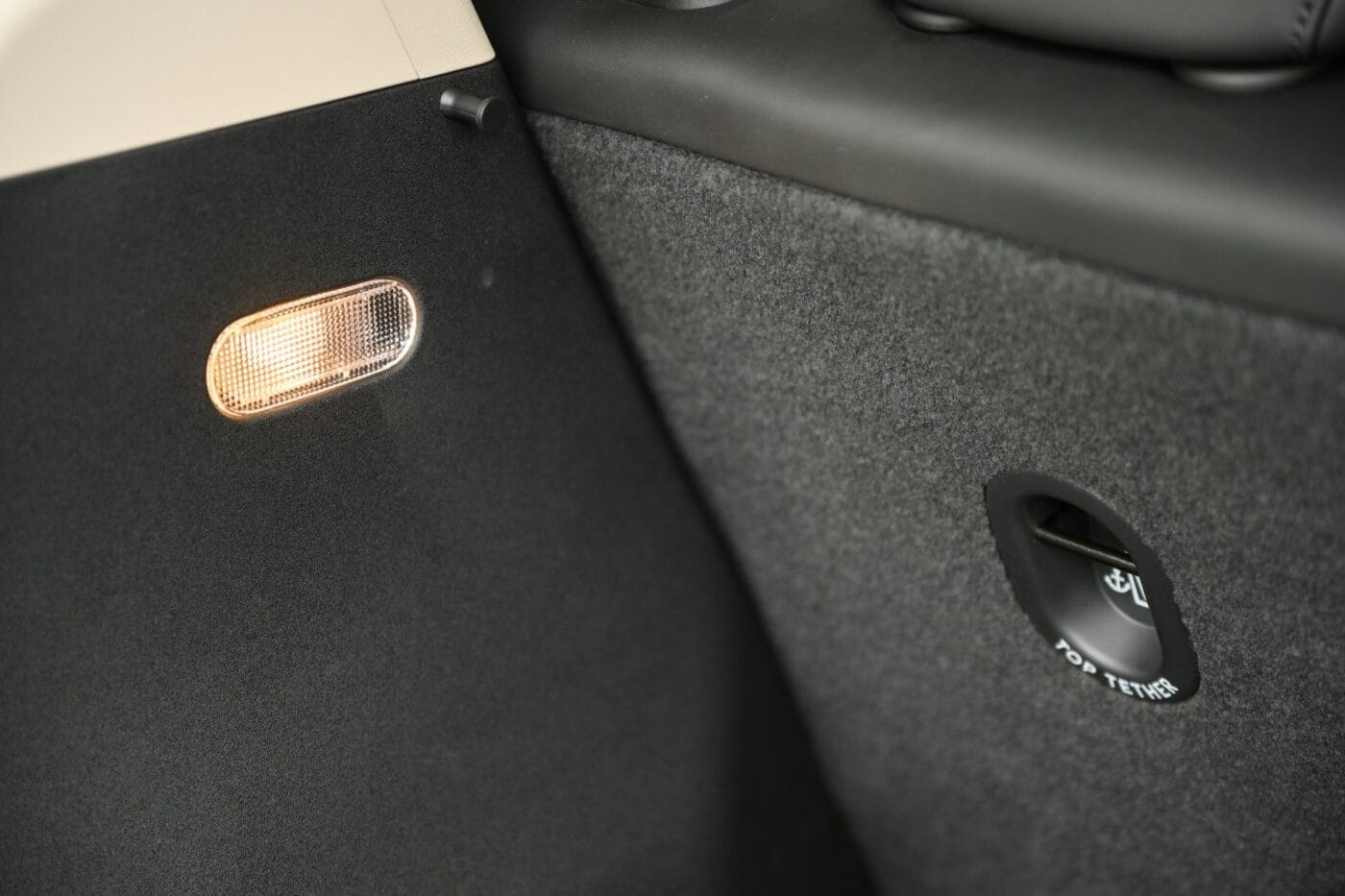
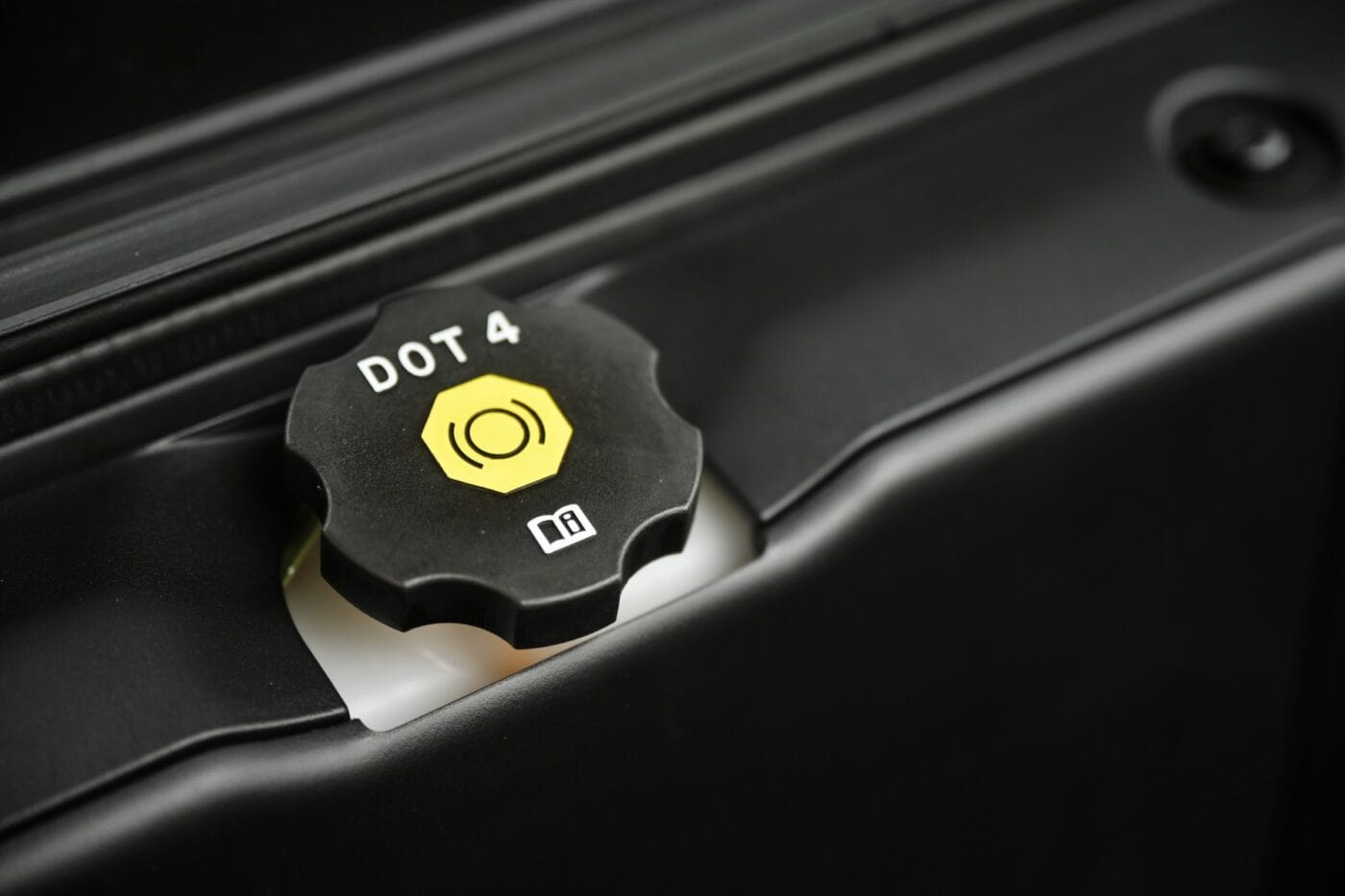
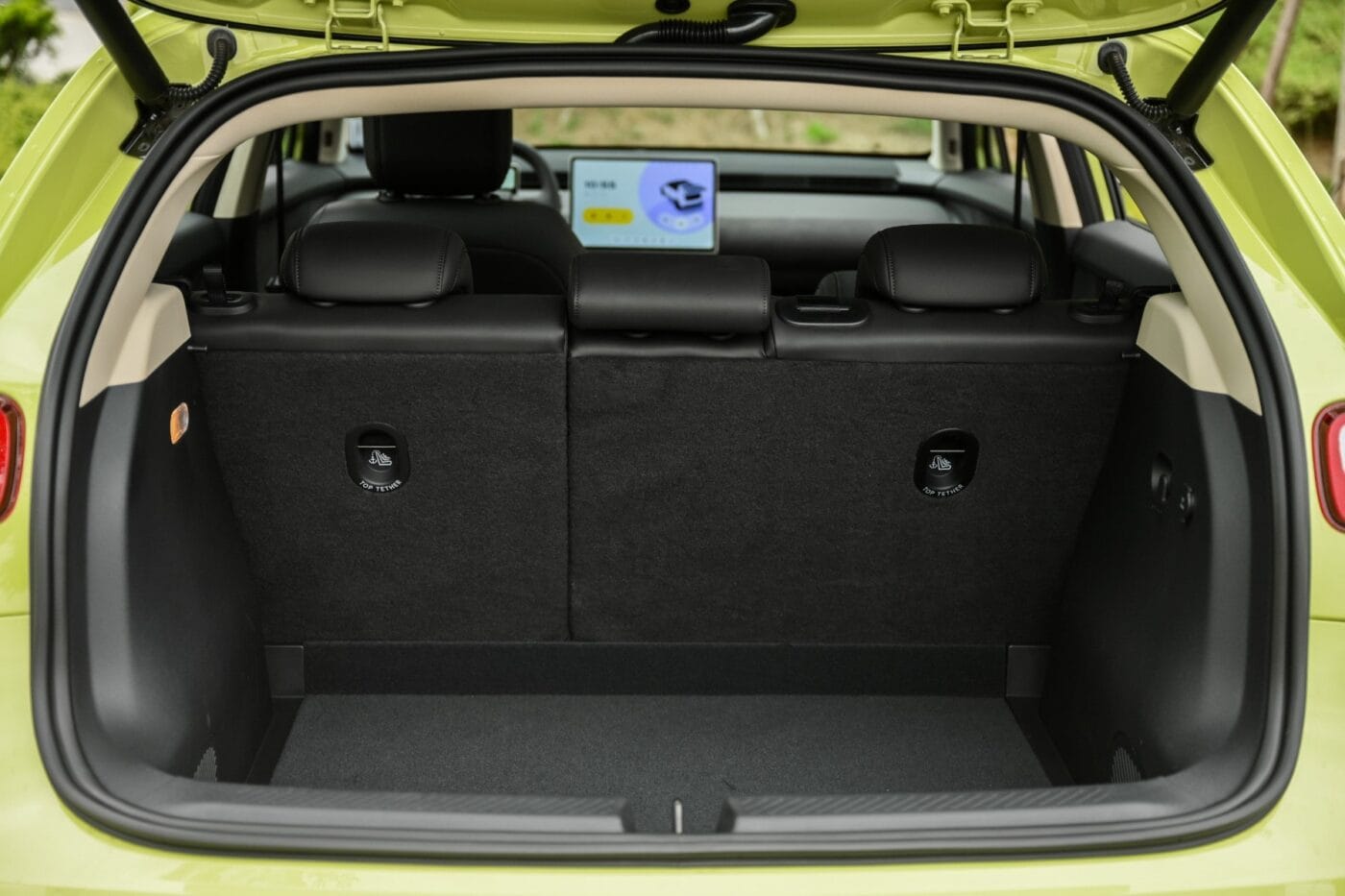
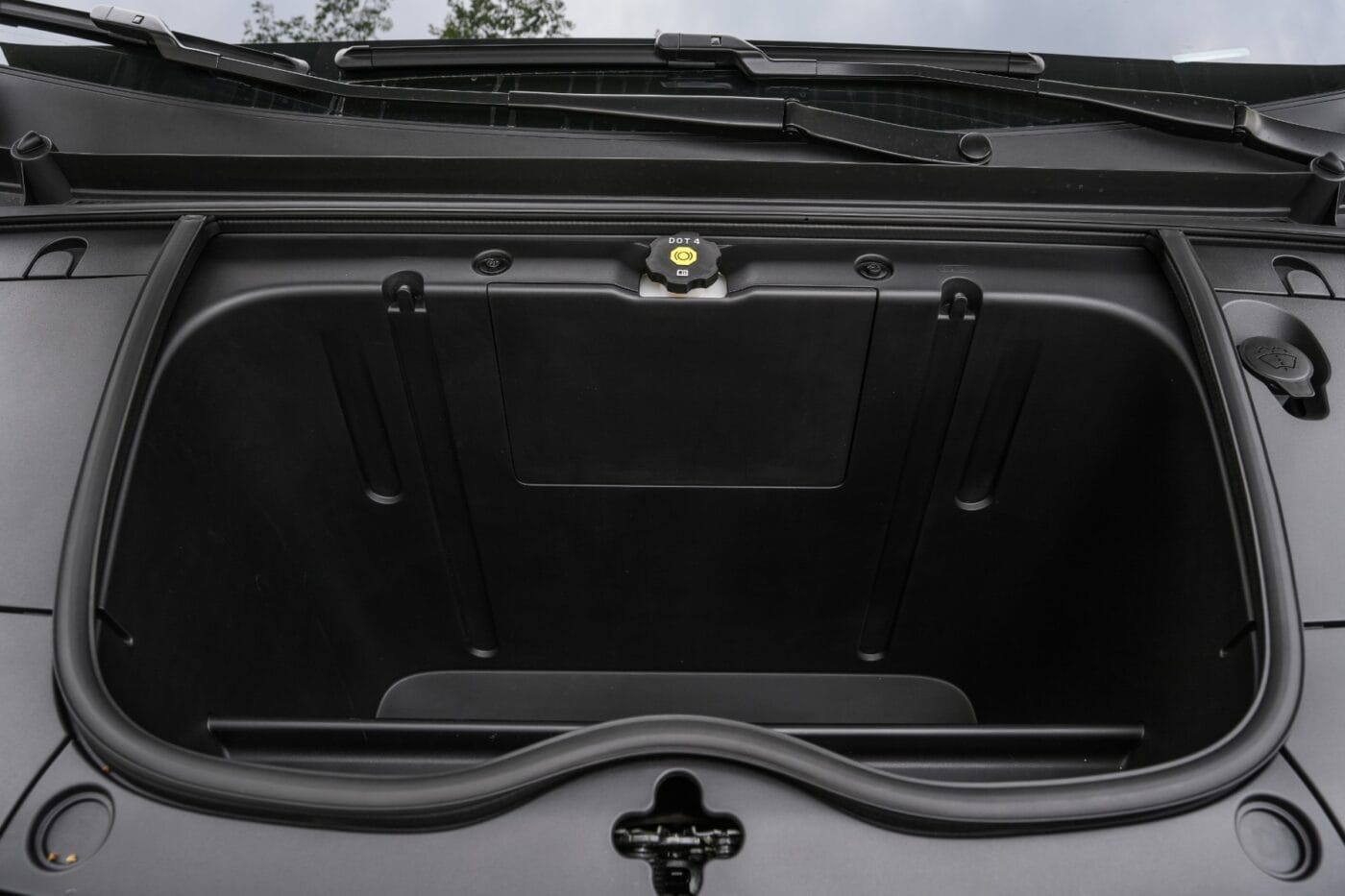
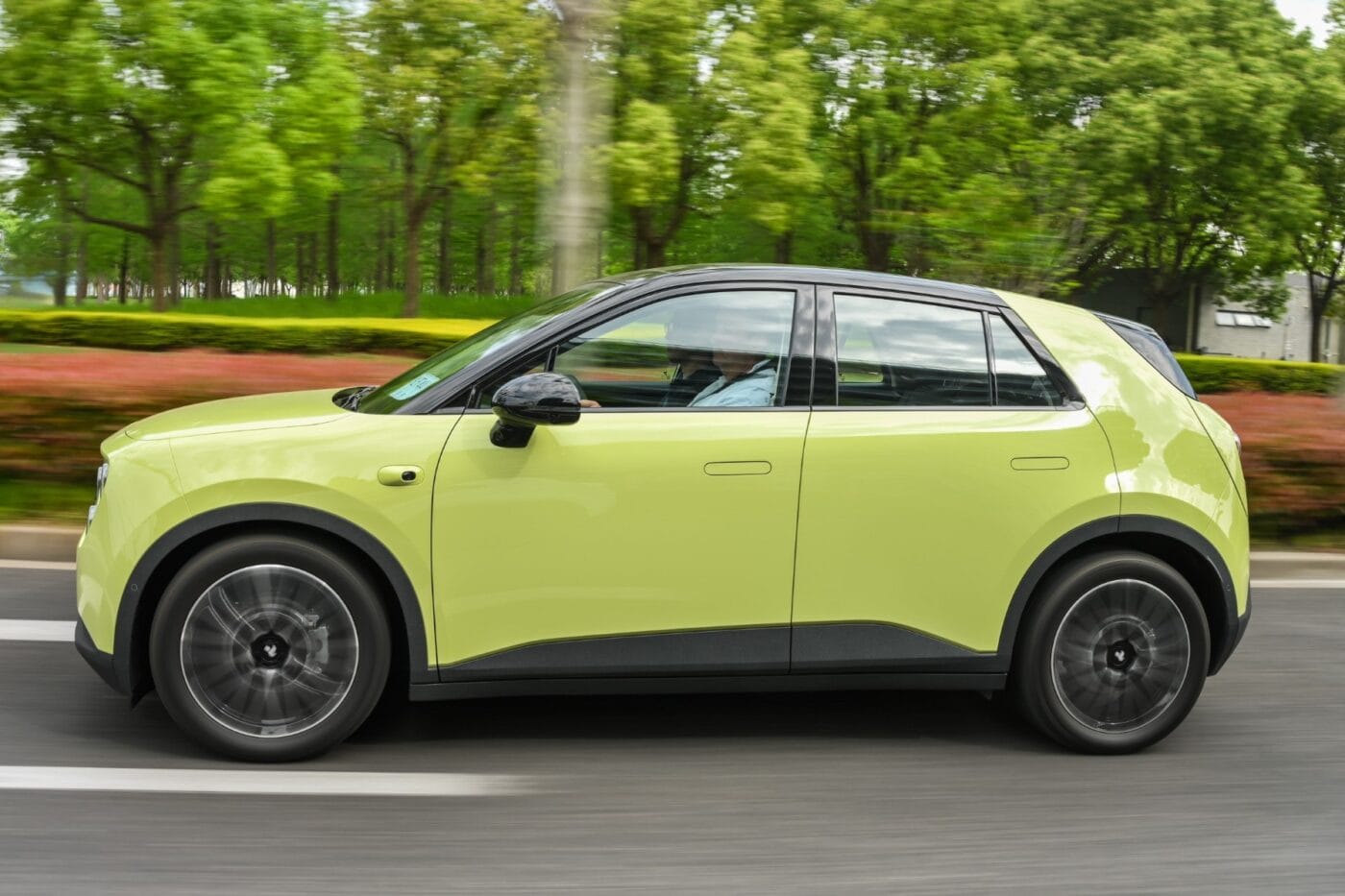
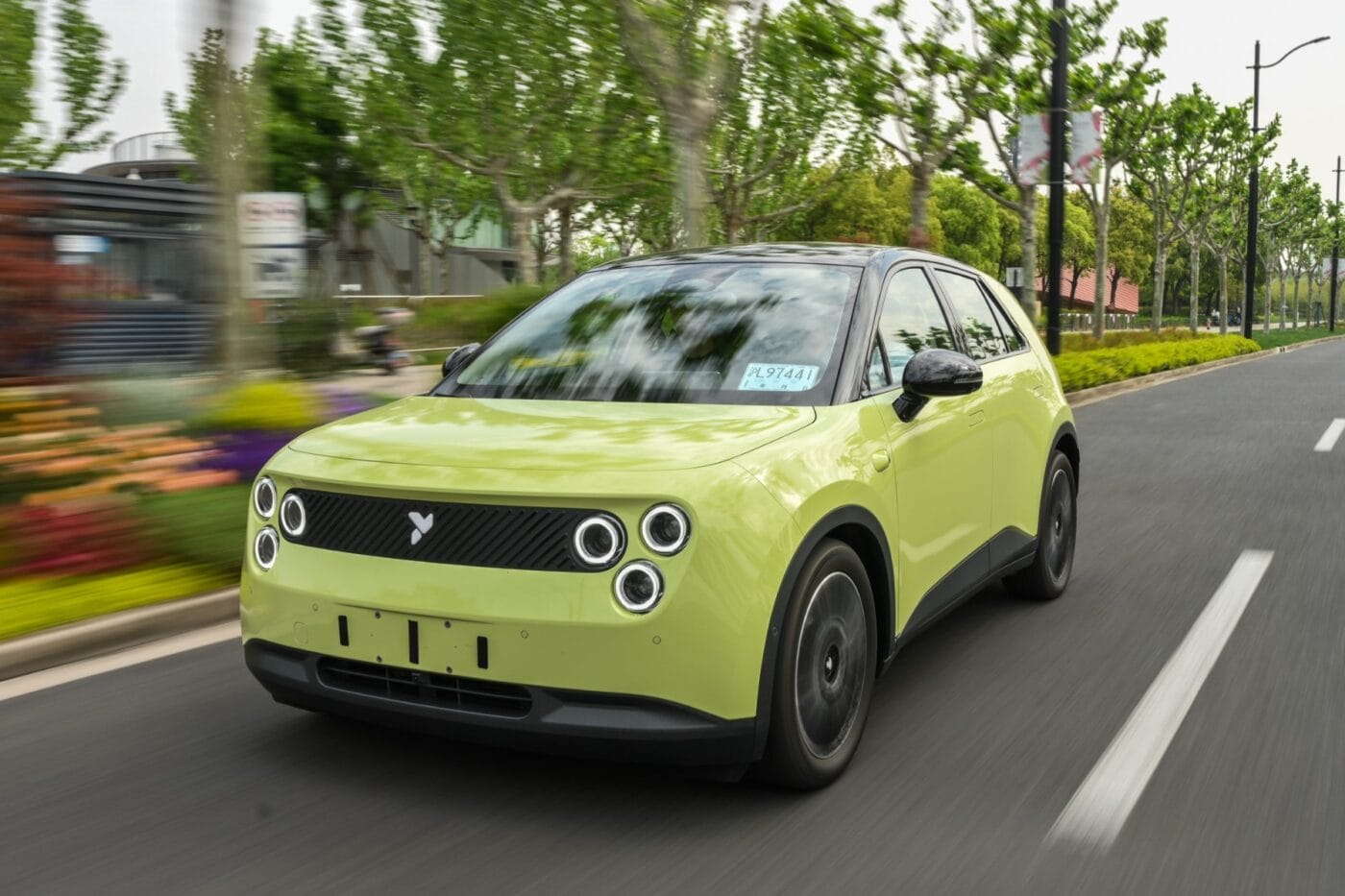
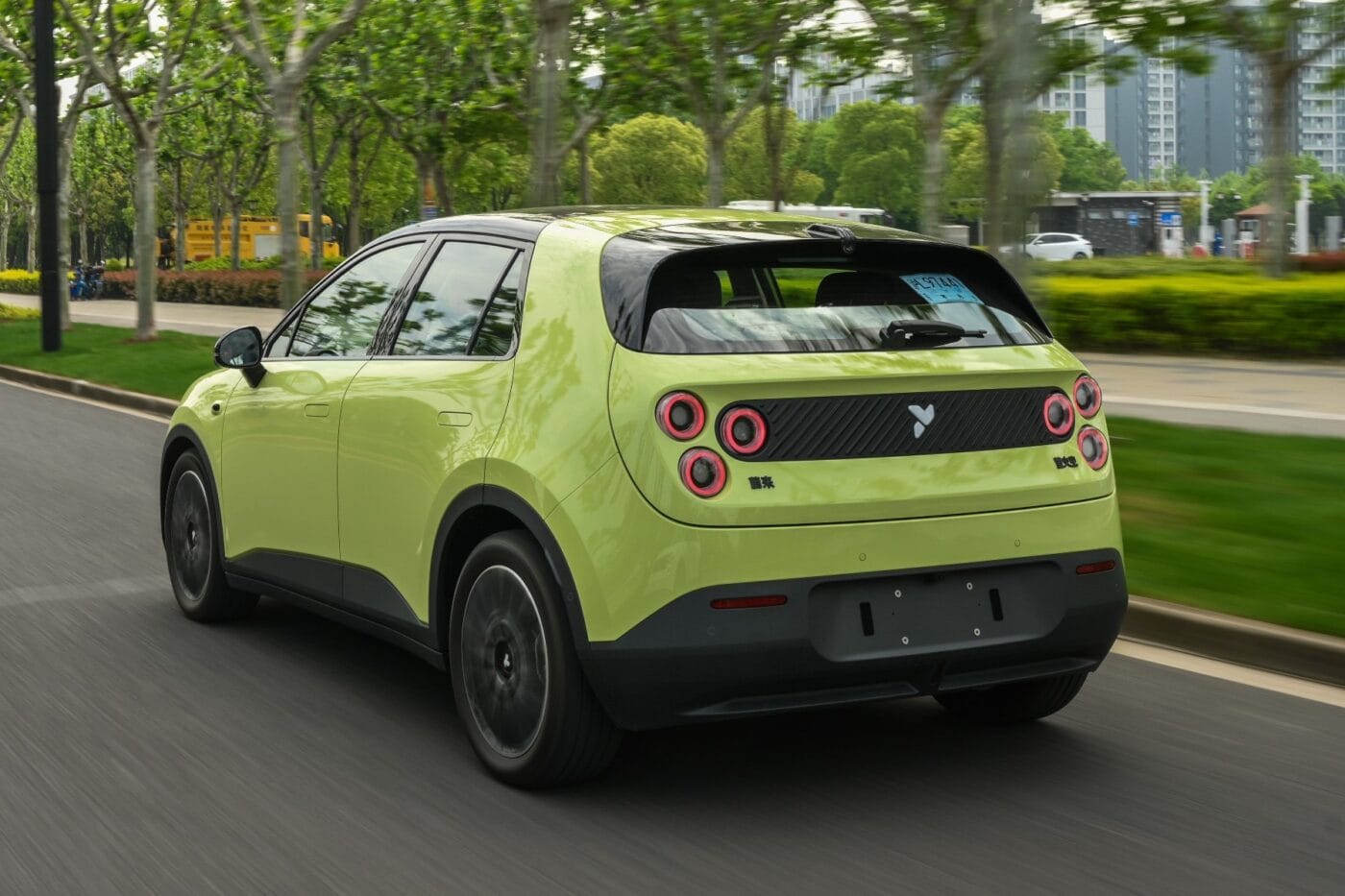
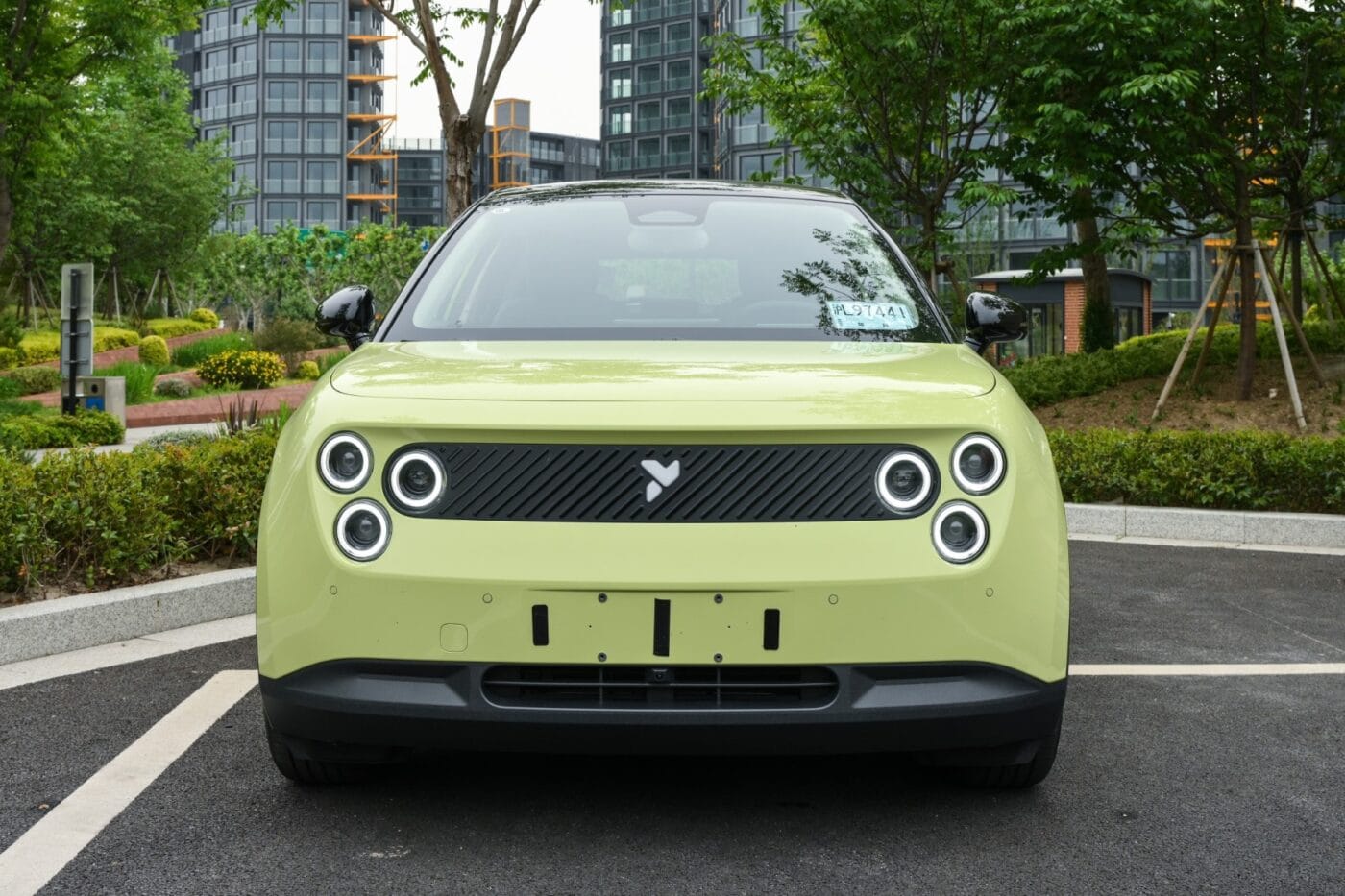
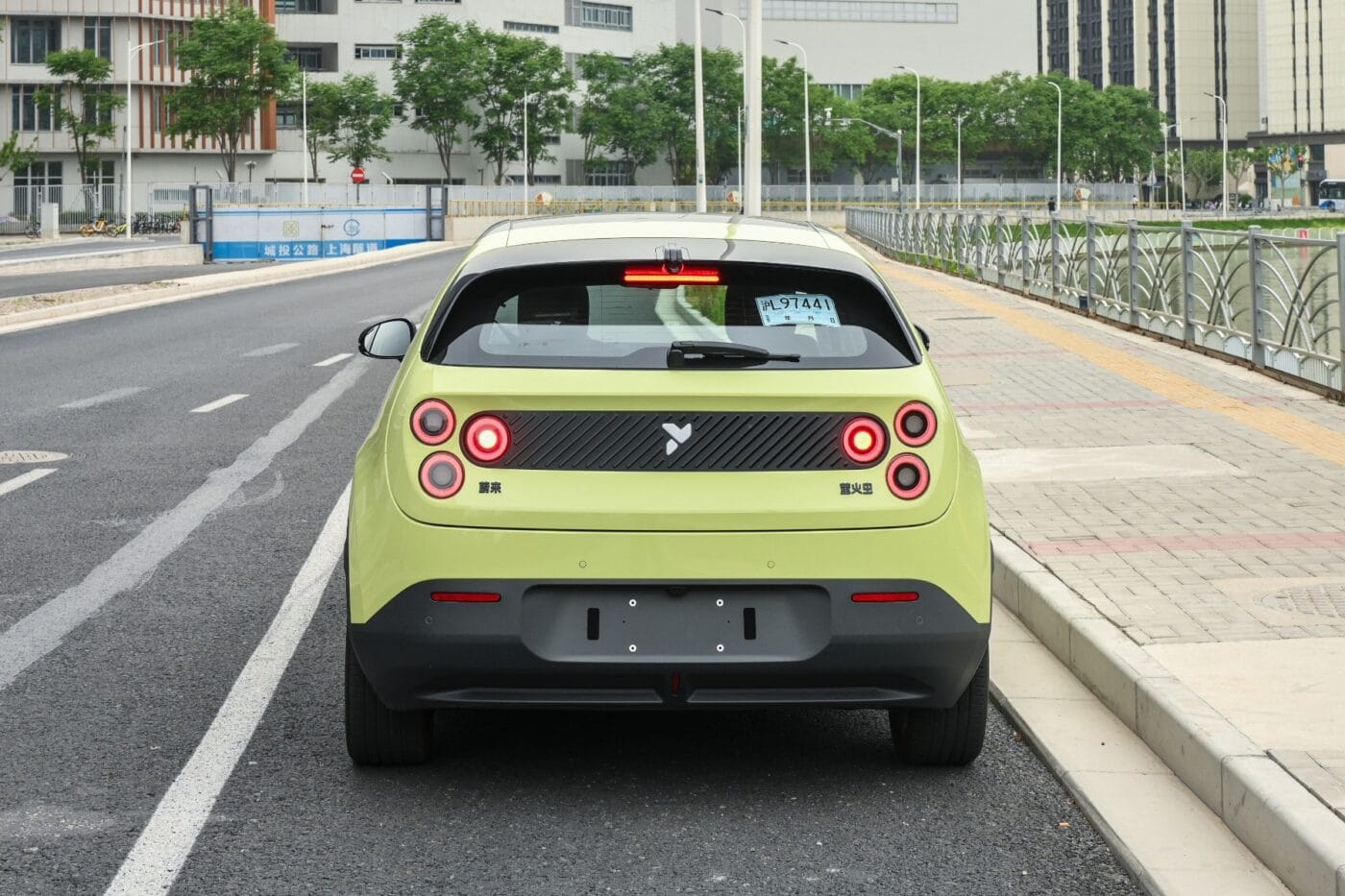
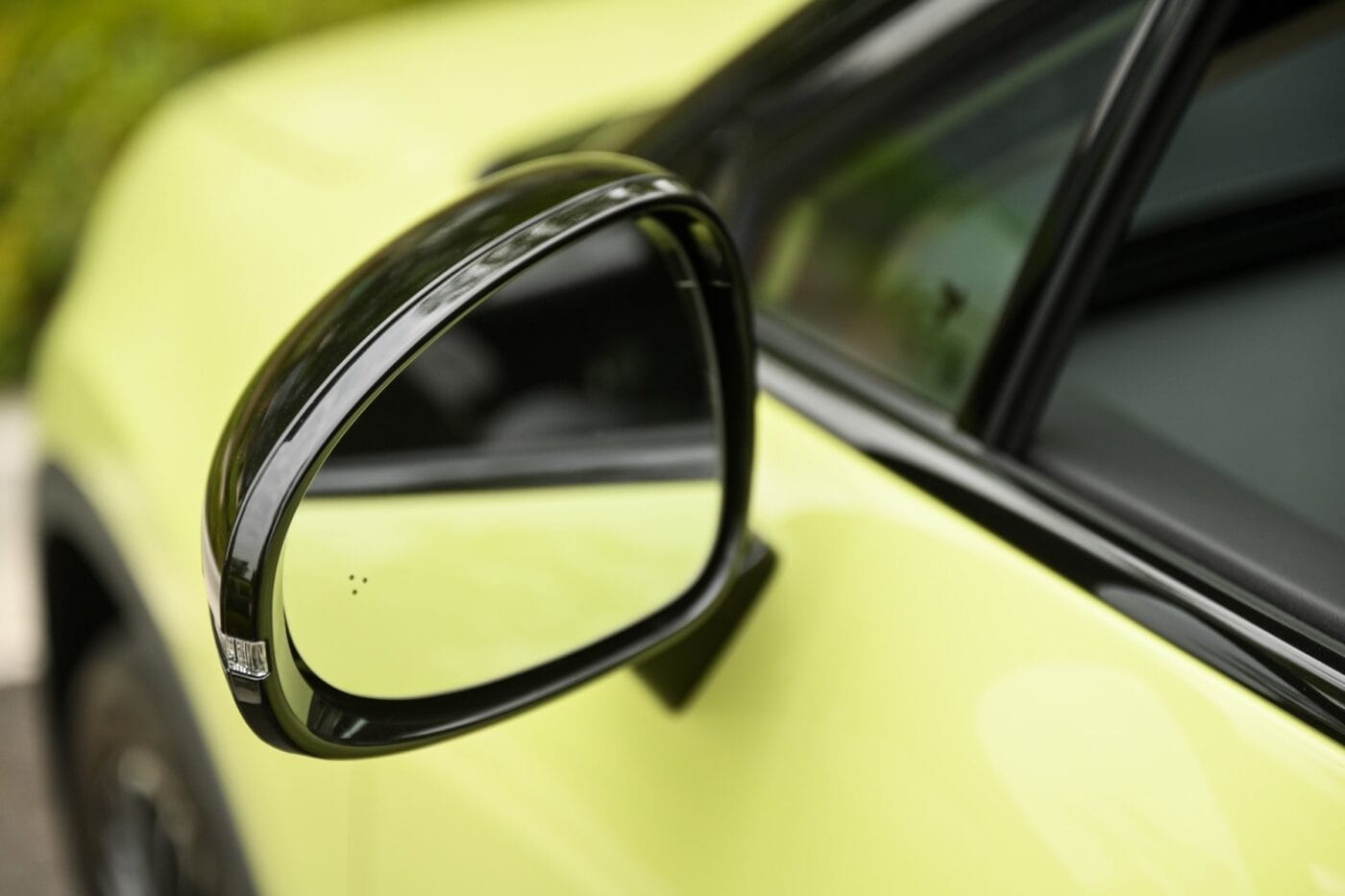
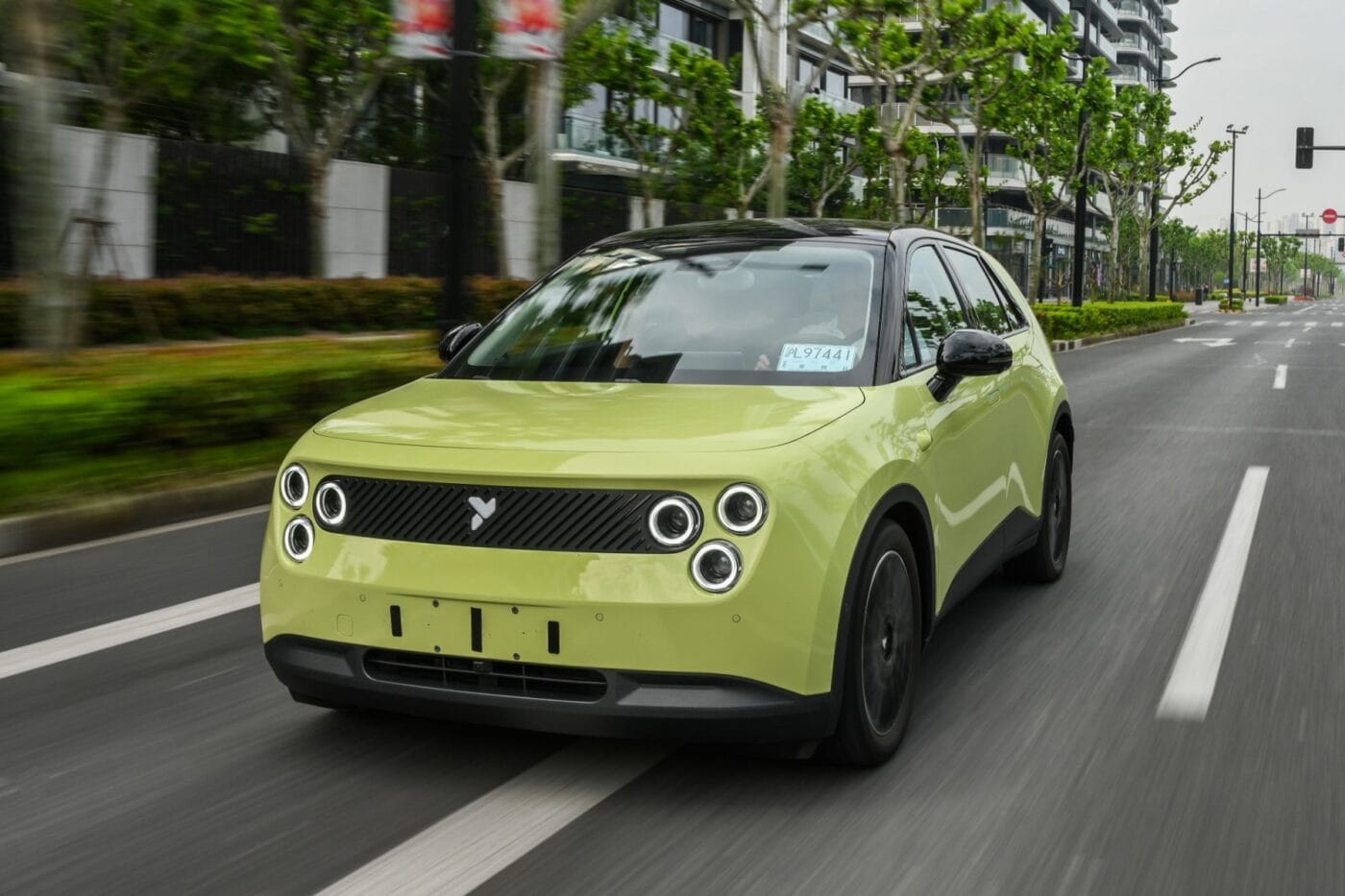
Pasando de ser una marca centrada en serios transatlánticos de lujo para personas de alto poder adquisitivo concienciadas con el medio ambiente, ahora tenemos un pequeño coche encantador y con carácter que reduce efectivamente a la mitad el precio asociado a la insignia Nio. En lugar de casi 60.000 euros, se espera que el Firefly cueste alrededor de 30.000 euros cuando llegue a Alemania, potencialmente antes de finales de año. El hecho de que cueste casi el doble de caro que en China se debe en parte a los aranceles de la UE. En Noruega, por ejemplo, los precios empiezan en unos 25.000 euros.
Además, influyen las mayores expectativas de los consumidores europeos y la confianza de los creadores, notable para un coche pequeño. Los consumidores exigen amplias prestaciones de confort y, lo que es más importante, una calificación de cinco estrellas en las pruebas de choque Euro NCAP. Mientras tanto, los creadores pretenden posicionar el Firefly como una marca de estilo de vida, distanciándolo de modelos económicos como el BYD Dolphin, el Citroën C3 o el Leapmotor T03. Ven a Firefly compitiendo con Mini, que, como marca nacida en Munich de propiedad china, comparte una génesis similar.
Aspiraciones similares a Mini, pero un interior distinto
Exteriormente, ambos coches son igual de extrovertidos y con carácter. Sin embargo, el Firefly parece menos mofletudo y más neutro en cuanto al género, quizá debido a los tres puntos LED por faro que sustituyen a los ojos saltones. Internamente, las diferencias son marcadas: el juguetón y exagerado trotamundos del imperio BMW contrasta con el sobrio y reducido Nio, amueblado con tanta seriedad como la sala de espera de un abogado... e igual de elegante. A pesar de los recortes presupuestarios, el equipo de William Li no ha comprometido la calidad de los materiales ni la atención a los detalles.
En términos de espacio, el pequeño vehículo de Nio es sorprendentemente generoso. Una distancia entre ejes de 2,62 metros sobre una auténtica plataforma de monopatín permite montar el motor en el eje trasero en lugar del delantero. Esta configuración amplía el espacio interior, dotando a la banqueta trasera de una inesperada capacidad para viajar. El techo panorámico aumenta aún más la sensación de amplitud. El maletero ofrece entre 404 y 1.253 litros, complementados por un frigorífico de 92 litros -probablemente el mayor de su clase- y más de dos docenas de compartimentos portaobjetos por todo el habitáculo, incluidos dos compartimentos ocultos de gran tamaño bajo el asiento del acompañante y los asientos traseros. Sin duda, el Firefly ofrece un amplio espacio. Pero, ¿cómo se conduce?
Por si el interior no fuera ya un duro golpe para su homólogo muniqués, el Firefly, en contra de la afamada sensación de karting, se comporta aún mejor en su hábitat natural. Mientras que el contendiente bávaro es mejor para conducir fuera de la ciudad-ver nuestro análisis del Mini Cooper E-la Firefly destaca en entornos urbanos. Con su motor montado en la parte trasera, la parte delantera permite mayores ángulos de giro, reduciendo el radio de giro a 9,4 metros. Navegar por las estrechas calles de la ciudad requiere poco más que el espacio de un posavasos.
La aceleración nunca ha sido un problema para los vehículos eléctricos. Aunque 105 kW puedan parecer modestos para un coche que pesa alrededor de 1,5 toneladas, los 200 Nm de par disponibles desde el primer momento lo compensan eficazmente. En consecuencia, el sprint de 0 a 100 km/h en 8,1 segundos se siente enérgico, y la velocidad máxima de 150 km/h es adecuada para un coche pequeño eléctrico centrado en la ciudad.
Más allá de su ágil manejo, el Firefly presume de varias funciones específicas para eléctricos. Una vez localizada la opción de menú adecuada en la pantalla, se puede conducir con un solo pedal de forma fiable, y el sistema de navegación calcula las rutas incluyendo las paradas de recarga.
Intercambio de baterías: técnicamente factible, en la práctica todavía no
La batería LFP, con sus 42,1 kWh de capacidad, ofrece una autonomía relativamente modesta de 330 kilómetros. Al menos se trata de cifras europeas, más estrictas que las chinas. No obstante, hay que conciliar esto con el enfoque urbano y de distancias cortas del coche para mantener el atractivo del Firefly.
Aunque el Firefly no se identifica como un Nio, hereda algunas virtudes de su primo mayor: el pequeño coche eléctrico puede, en teoría, intercambiar su batería. El truco: la batería es mucho más pequeña que las unidades de 75 ó 100 kWh de los modelos Nio, lo que los hace incompatibles con las estaciones de intercambio Nio existentes (y aún escasas en Europa). Un sistema de intercambio específico para Firefly anunciado anteriormente parece haber sido archivada, con planes para integrar las baterías Firefly en la próxima generación de estaciones de intercambio Nio.
Estas estaciones de intercambio de baterías aún no existen, lo que significa que esta función no se puede utilizar actualmente, ni siquiera en China, y mucho menos en Europa. En consecuencia, el vehículo está limitado a un rendimiento de carga bastante lento de 11 kW CA y 100 kW CC, lo que, por ahora, disminuye el atractivo de este vehículo, por lo demás innovador.
Ah, y una cosa más, el Firefly heredó el copiloto digital de Nio. Aunque ya no coquetea con el conductor a través de un personaje de dibujos animados, ahora chatea en varios idiomas, gracias a ChatGPT. El copiloto tiene un nuevo nombre: Lumo. Gracias, Nomi. Podrías haber mencionado que tenías un primo.

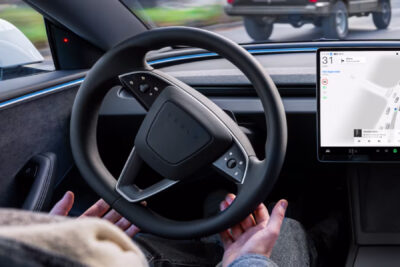
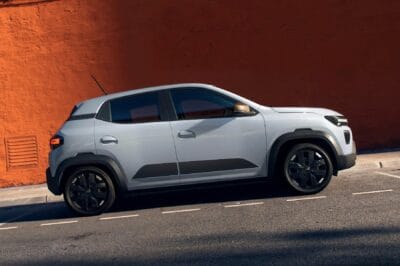
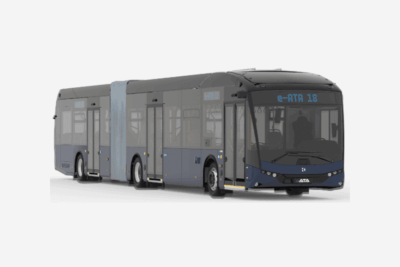
1 Comentario